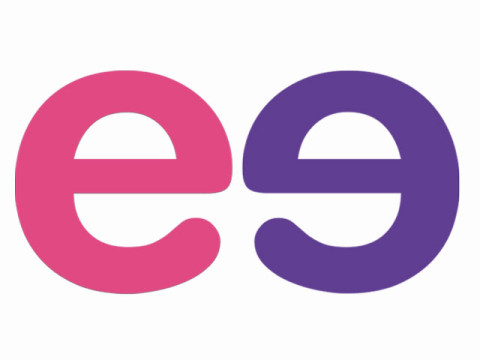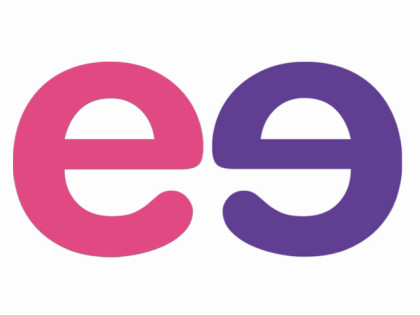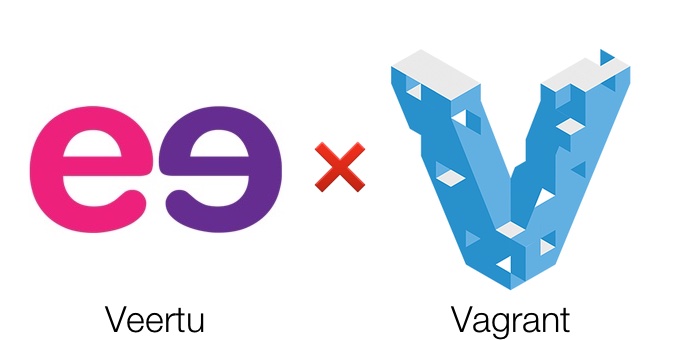
VEERTU VM MAC
They all require loads of kernel drivers, and personally I like my Mac as bog-standard as possible.īut since last year, there is Veertu. The big boys in this space are basically Parallels, VMWare and VirtualBox. I consider it the hidden gem of desktop virtualization. The VM will have a disconnected network cable.For my last project, I've been using Veertu. You’ll need to enable -direct-mac for the network-card: anka modify VmName network -mode bridge -direct-mac By default, DHCP will not see your VM’s MAC address. An ENV is available to set the interface name: ANKA_BRIDGE_NAME=en0 When using the bridge, port-forwarding is not necessary as the VM will receive a unique IP that will be accessible directly to all other devices on the network. The Bridged type will cause the VM to show in the network as an individual device and receive a unique IP separate from the host. Also, other VMs on the host are also accessible. Programs inside a VM can access external networks (outside the host) and the internet directly. Every VM after the start/resume gets an IP address assigned by the internal DHCP server in range 192.168.64.2 - 192.168.64.254. The default network type operating as NAT + DHCP. f,-filter filtering rules file to inject on VM start, or embed in VM config (with '-f- < rules.txt' ), or use 'off' to disable c,-controller set controller: anet, virtio-net b,-bridge host interface name to bridge with in the bridge mode, or "auto" -m,-mac specify fixed MAC address, or "auto" -v,-vlan assign VLAN ID, 0 to deassign t,-mode network mode: shared/host/bridge/disconnected Usage: network Modify network card settings Last login: Fri Oct 14 06:37:54 2022 ~ %ĭepending on your network topology, there are instances where you might need to use a bridge mode and assign your VM a unique IP address instead of the default shared IP of the host: | name | protocol | guest_port | host_port | p,-host-port The host port to listen on (assigns dynamically if not specified ) -l,-host-ip Listen address (defaults to any ) -d,-delete Delete the rule g,-guest-port The port inside of the VM that the host-port connects to

Rule Port forwarding rule: guest-port options: Usage: port name Add port forwarding rule RAM: (totalRAMGB / 2) - 2GB (max of 60GB)ĭue to Ultra using the NUMA architecture, VMs/virtualization will only ever use 8 performance cores at a time. Things are similar with slightly different CPUs calculations due to the different CPU types: RAM follows a similar pattern, giving 2GB for the host: totalRAMGB - 2GB and (totalRAMGB / 2) - 2GB. Otherwise, if you want to run two VMs at once, you’ll divide the total virtual cores by 2 and then assign this number to the VM Template. Once you have the total virtual cores, you can assign all of them (maybe - 1 or 2 CPUs to give the host breathing room) if you plan to run a single VM on the host. To calculate the cores available for VMs, you’ll take the number of physical cores and then multiply it by 2. Note that Apple does not permit more than 2 VMs per machine (this is only a strict limitation on ARM machines currently).

The goal is to provide you with an idea of the CPU and RAM to set for VMs depending on the amount you wish to run. Over time, this information may become out of date. Label Assign labels to a VM in key/value form

Anka Build Cloud Controller & Registry Version 1.32.0.Anka Build Cloud Controller & Registry Version 1.31.0.Anka Build Cloud Controller & Registry Version 1.33.0.


 0 kommentar(er)
0 kommentar(er)
